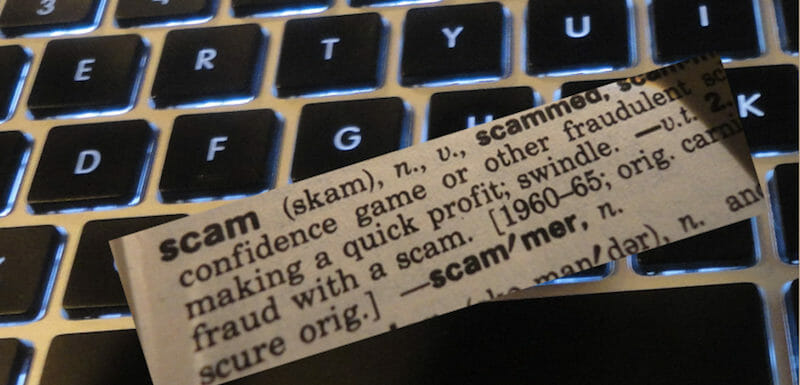 It’s beginning to look a lot like Christmas, which means the ‘giving season’ is here. And sadly, with the giving season come the scammers. Their scams are more targeted than ever, partially because there are so many worthy causes. Let’s face it, in addition to the traditional charities such as the Red Cross, the American Heart Association, and the American Cancer Society, there are charities to benefit homeless kids, hurricane victims, and those afflicted by disease.
It’s beginning to look a lot like Christmas, which means the ‘giving season’ is here. And sadly, with the giving season come the scammers. Their scams are more targeted than ever, partially because there are so many worthy causes. Let’s face it, in addition to the traditional charities such as the Red Cross, the American Heart Association, and the American Cancer Society, there are charities to benefit homeless kids, hurricane victims, and those afflicted by disease.
So, what’s a wise giver to do? Here are three tips to help make sure your hard-earned dollars do the most good.
Tip #1
Charity Navigator recommends asking the charity for their EIN. This is the charity’s employer identification number, and each employer must have one. If the charity doesn’t have an EIN, walk away from them. If they do provide a number, you can do an online search for “charity ein” followed by the number. This should give you a wealth of information.
Tip #2
Find a resource you like and trust. If you’d prefer to use a rating organization, you have your pick of four different ones. Be aware, each organization does things a bit differently. The Wise Giving Alliance at Give.org is the charity rating arm of the Better Business Bureau. This is a basic search tool that will tell you if the charity is accredited with the BBB.
Using the name or EIN of the charity, the Charity Navigator site (charitynavigator.org) provides a rating along with detailed information about the organization. There is no obligation or membership required to use their service.
Guide Star (guidestar.org) bills themself as the world’s largest source of information about nonprofit organizations. Guide Star provides ratings and detailed information about charities with no obligation to use their services.
Charity Watch (charitywatch.org) claims to be very different from other rating services. The first difference you’ll note is their requirement for visitors to join and pay for a membership to get information about charities other than those Charity Watch has preselected.
But what about in-person solications? Whether the charity representative is standing at the door to a mall or grocery store or coming to your own front door, be wary. The Salvation Army has been a legitimate charity since they began ringing bells in San Francisco in December 1891. Unfortunately, others have realized this type of in-person appeal is a good way to obtain small donations. To make your donations as meaningful as possible research those organizations you’re not familiar with.
Tip #3:
Review the Federal Trade Commission’s guidelines for safe and secure giving at FTC.gov/charity because wise giving means your money goes further and helps those you intend to help.

Recent Comments